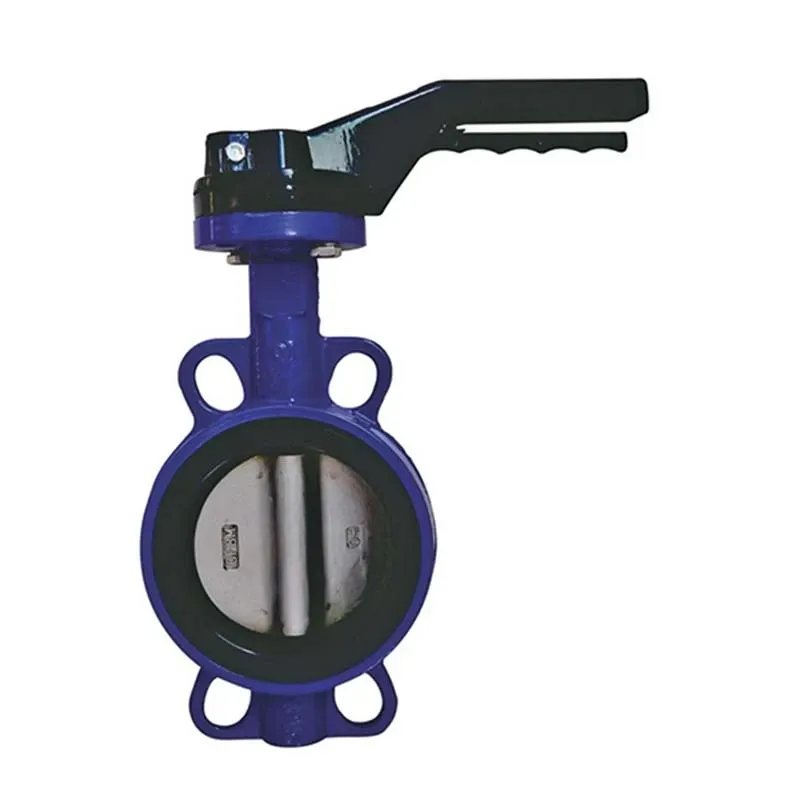ਨਵੰ. . 07, 2024 19:04 Back to list
2 inch rubber flexible joint for reliable system performance and effective vibration absorption
Understanding 2-Inch Rubber Expansion Joints Their Importance and Applications
Expansion joints play a crucial role in various piping systems, especially in environments where temperature changes and vibrations are common. Among the different types of expansion joints, rubber expansion joints are particularly versatile and effective. This article will delve into the specifics of 2-inch rubber expansion joints, their construction, advantages, applications, and maintenance considerations.
What is a Rubber Expansion Joint?
A rubber expansion joint is a flexible connector typically made from natural or synthetic rubber. Designed to absorb movement in piping systems due to thermal expansion, vibrations, and misalignment, these joints are essential in maintaining the integrity and efficiency of that system. The 2-inch measurement refers to the diameter of the joint, making it suitable for various applications in plumbing, industrial processes, and HVAC systems.
Construction of 2-Inch Rubber Expansion Joints
2-inch rubber expansion joints are engineered to withstand significant stress while providing flexibility. Typically, these joints consist of
1. Rubber Body Made from high-quality elastomers that can endure changes in temperature and pressure. Common materials include EPDM (Ethylene Propylene Diene Monomer), neoprene, and natural rubber. The choice of material depends on the specific application and the fluids that will flow through the joint.
2. Reinforcement Layers These joints often incorporate internal reinforcement, such as fabric or metal rings, to enhance strength and durability. This construction helps the joint maintain its shape and integrity under pressure.
3. End Connections 2-inch rubber expansion joints can be fitted with different types of end connections such as flanged, threaded, or plain ends, allowing them to be easily integrated into existing piping systems.
Advantages of 2-Inch Rubber Expansion Joints
1. Flexibility The primary advantage of rubber expansion joints is their ability to absorb movement and align misaligned pipes. This flexibility minimizes stress on other components within the piping system.
2. Vibration Damping Rubber joints dampen vibrations caused by pumps and other equipment, which can help extend the lifespan of the entire system.
3. Corrosion Resistance High-quality rubber materials provide excellent resistance against various chemicals and environmental factors, making these joints suitable for a variety of industrial applications.
4. Cost-Effective Compared to metal expansion joints, rubber options are generally more affordable and offer significant savings in installation and maintenance costs.
2 inch rubber expansion joint

Applications of 2-Inch Rubber Expansion Joints
The versatility of 2-inch rubber expansion joints means they find applications in numerous industries, including
- HVAC Systems They are used in air conditioning and heating systems to accommodate thermal expansion and vibrations from fans and compressors. - Plumbing In plumbing systems, these joints absorb movement and prevent pipe damage due to temperature changes.
- Industrial Processes Many manufacturing processes utilize rubber expansion joints to deal with vibrations and fluid expansions in pipelines.
- Water Treatment Plants They are essential for managing the movement in large water pipelines, ensuring efficient flow without the risk of leakage or breakage.
Maintenance Considerations
While rubber expansion joints are designed for durability, regular maintenance is vital to ensure longevity. Here are some tips for maintaining 2-inch rubber expansion joints
1. Regular Inspections Conduct visual checks for signs of wear, cracks, or deformation. Early detection of damage can prevent costly repairs.
2. Check for Leaks Monitor the area around the joint for any signs of leaking fluids, which could indicate a failure that needs immediate attention.
3. Environmental Considerations Ensure that the joint is not subjected to extreme temperatures beyond its specified limits, as this can reduce its lifespan significantly.
4. Alignment Checks Ensure pipes remain aligned to prevent undue stress on the joint, which can lead to premature failure.
Conclusion
In summary, 2-inch rubber expansion joints are vital components in various piping systems, offering flexibility, durability, and cost-effectiveness. Understanding their construction, advantages, and applications can help individuals and businesses make informed decisions when it comes to their installation and maintenance. Proper care and attention can ensure that these joints continue to function effectively, contributing to the overall reliability of the piping system.
Share
-
Advanced Technology in Wire and Cable FactoryNewsAug.19,2025
-
Applications of Ball Check Valve in Water Treatment PlantsNewsAug.19,2025
-
How Osy Gate Valve Ensures Leak - Tight SealingNewsAug.19,2025
-
Selection Criteria for Wafer Type Butterfly ValveNewsAug.19,2025
-
Threaded Ball Valve Pressure RatingsNewsAug.19,2025
-
Y Strainer PN16 Cost - Effectiveness AnalysisNewsAug.19,2025


